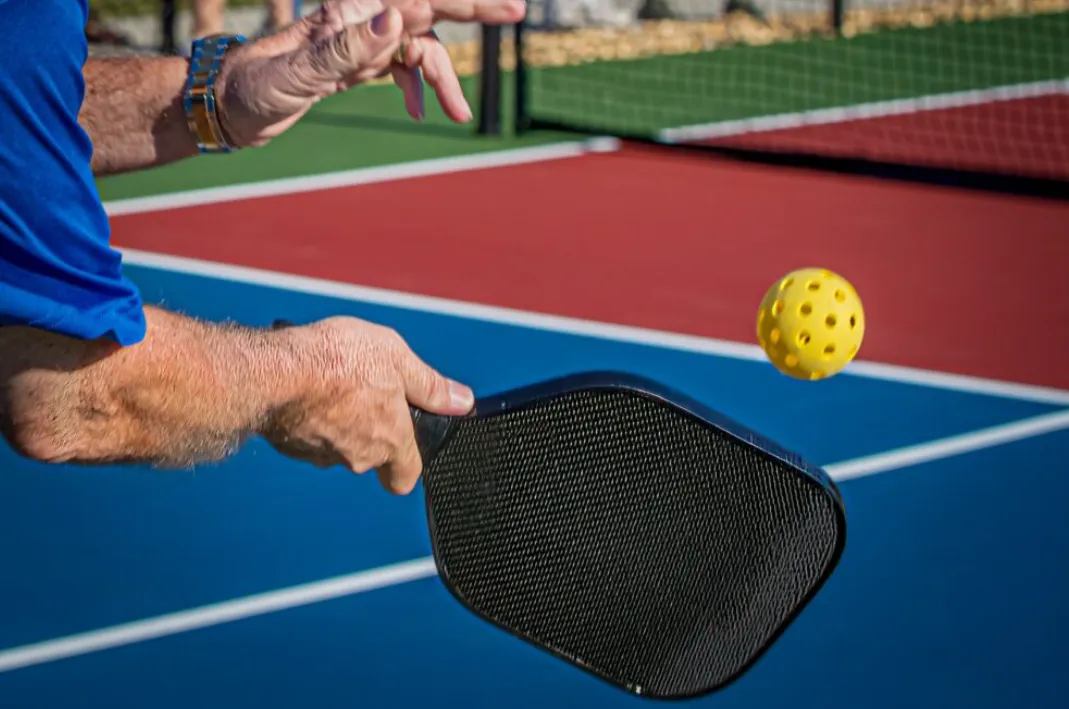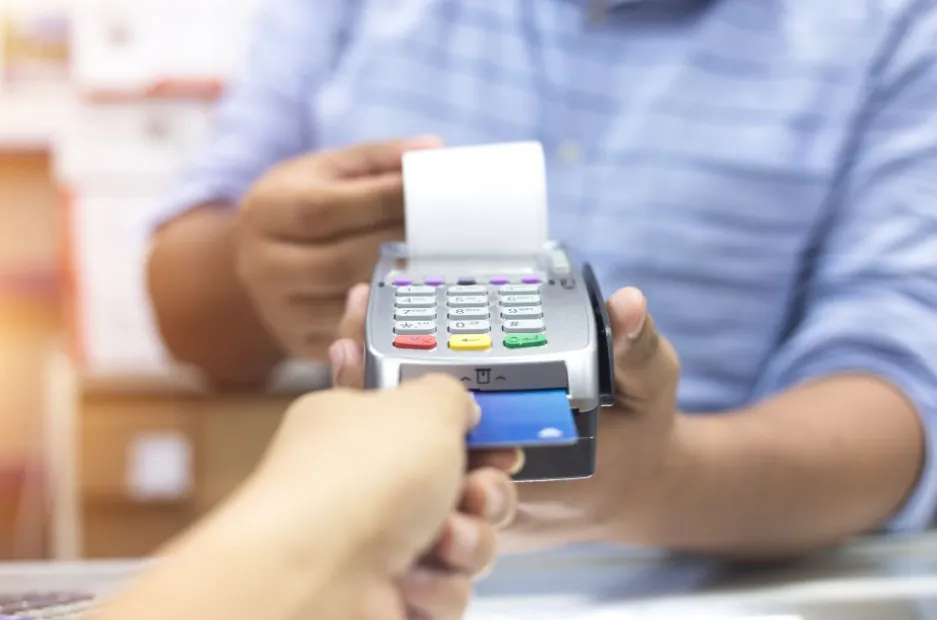Pickleball is no longer the obscure sport it once was. Its popularity has skyrocketed and it’s not hard to see why. With its blend of tennis, ping pong, and badminton, it provides a unique, fast-paced competitive experience that is drawing crowds of all ages. However, jumping into this fast-paced game without understanding the rules can quickly turn excitement into frustration.
It’s essential to master the basics of pickleball rules to enjoy the game to its fullest. This guide will take you from newbie to pro in no time, making sure you don’t miss a beat on the court.
Contents
The Court and Equipment
Before diving into the game, players must first familiarize themselves with the court and its equipment. The court resembles a badminton court, while the net is lowered to different heights at the ends and middle. The game is played using paddles, commonly made of wood or composite materials, and a plastic ball with holes, which closely resembles a wiffle ball but is slightly smaller.
Picking the right pickleball racquet is crucial since it directly impacts gameplay. While there are various types of paddles out there, selecting the one that works for you is essential to performing your best on the court.
Serving
The game begins with a serve, executed underhand from behind the baseline. The server must hit the ball into the opponent’s diagonal service court, ensuring it clears the non-volley zone (NVZ), also known as the kitchen. The serve must be underhand, below the waist, and contact with the ball must occur below the wrist.
Scoring
Pickleball employs a rally scoring system, meaning points can be won by the serving or receiving team. Games are typically played to 11 points, and a team must win by at least two points. The serving team continues to serve until they commit a fault (failing to clear the net or landing the ball out of bounds).
The Double Bounce Rule
One of the distinctive rules of pickleball is the double bounce rule. After the serve, both teams must let the ball bounce once on each side before volleys (hitting the ball in the air) are allowed. This rule encourages longer rallies and strategic placement of shots.
Faults and Let Calls
Pickleball is a game of strategy that requires precision, agility, and quick reflexes. However, even the most seasoned players can fall prey to common faults on the court. The most notorious mistake is stepping into the non-volley zone, also known as the kitchen when volleying the ball. Additionally, volleying the ball before it hits the ground is another fault that can cost points.
However, players should also be mindful not to hit the ball out of bounds or fail to clear the net when serving. In situations where the ball hits the net cord and lands in the correct service court, players can call a let, resulting in a replay of the point. By being aware of these common faults, players can work on fine-tuning their skills and minimize mistakes on the court.
Strategies and Etiquette
While technical skills are important in playing pickleball, it’s not the only thing that can give players the edge they need to enjoy the sport. Pickleball etiquette is a fundamental part of fair play and enjoyment. It’s not just about following the rules, but about respecting the other players in the game.
This means being truthful about faults, avoiding disruptions and distractions, and playing with good sportsmanship regardless of the outcome. With these values, pickleball can be an enjoyable and social experience for everyone involved.
Conclusion
Mastering the basics of pickleball rules sets a strong foundation for players of all levels. By understanding court dimensions, equipment requirements, serving techniques, scoring systems, and specific rules like the double bounce rule, players can engage in thrilling matches while promoting fair play and camaraderie on the court.
Whether you’re stepping onto the pickleball court for the first time or seeking to refine your skills, adherence to these rules ensures an enriching experience. Embrace the challenge, hone your technique, and enjoy the fast-paced, dynamic game of pickleball.









